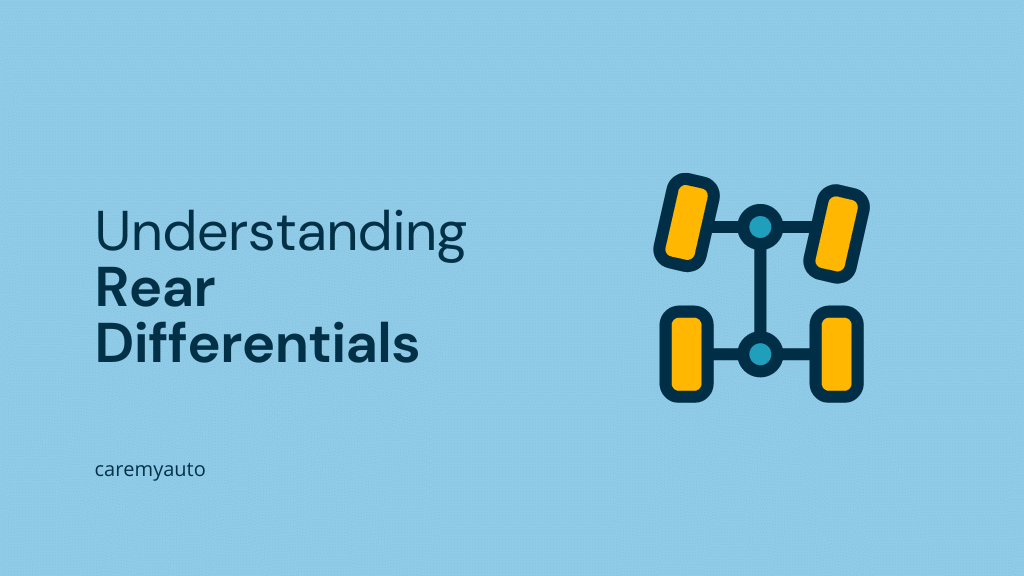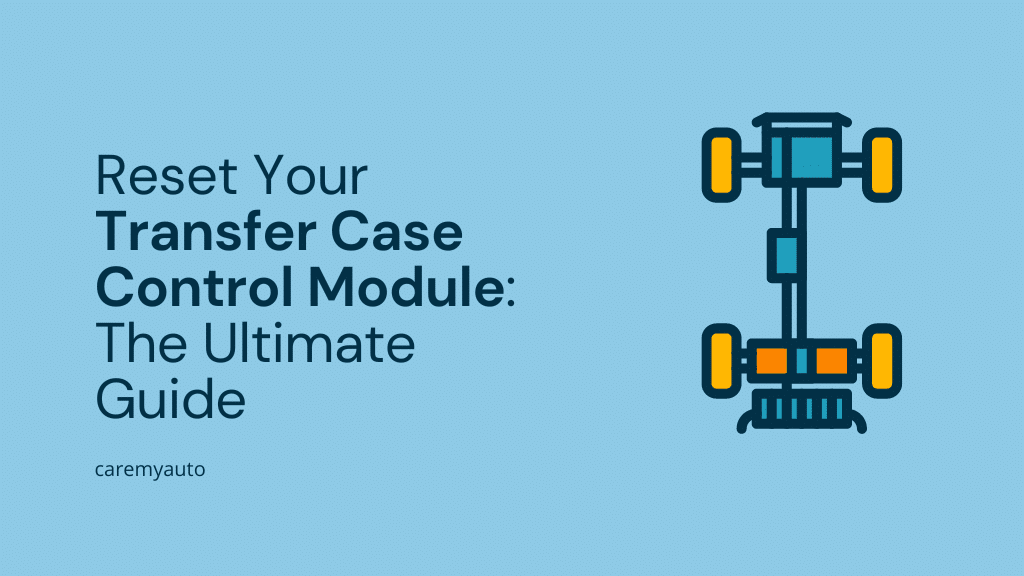When it comes to your vehicle’s performance, there are a lot of components that work together to get you from point A to point B. One crucial component that you might not think about often is the rear differential.
The rear differential is responsible for distributing power from the engine to the wheels, allowing for smooth and efficient movement. It is also responsible for allowing the wheels to turn at different speeds, which is necessary when cornering or driving on uneven surfaces.
How does a rear differential work?
The rear differential is a crucial component of any rear-wheel-drive vehicle. It sits between the rear wheels and connects to the transmission through the driveshaft. The differential’s job is to allow the wheels to rotate at different speeds while still receiving power from the engine. This is necessary because the outside wheel has to travel a greater distance than the inside wheel when turning a corner. The differential allows the wheels to rotate at different speeds, which prevents binding and tire scuffing.
The differential consists of a set of gears that are housed inside a metal casing. These gears are lubricated with differential fluid which makes sure that the differentials remain cool and it also helps in preventing wear.
Before we dive deeper, one key difference between the front and rear differentials that you should know is that the rear differential is typically larger and more robust than the front differential. This is because the rear differential has to handle more torque and power than the front differential, which is responsible for steering the vehicle.
Types of Rear Differentials
There are three main types of rear differentials: open, limited slip, and locking. We won’t dive deeper into these now but we’ll cover them briefly so that you have a basic idea about the differences between these different differentials.
- Open differential: An open differential is the most basic type of differential. It allows the wheels on the same axle to rotate at different speeds, but it doesn’t provide any additional traction when one wheel loses grip.
- Limited-slip differential: A limited-slip differential (LSD) is designed to provide additional traction when one wheel loses grip. It uses a clutch or viscous coupling to transfer power to the wheel with more traction.
- Locking differential: A locking differential is the most robust type of differential. It allows the wheels on the same axle to rotate at the same speed, even if one wheel loses grip. This is useful for off-road driving, but it can also be dangerous on regular roads as it can cause the vehicle to understeer.
Signs of Rear Differential Problems
Some common signs of rear differential problems include:
- Whining or humming noises: A failing differential will often make a whining or humming noise. This noise may be more noticeable when accelerating, decelerating, or turning.
- Vibrations: A failing differential can also cause vibrations in the vehicle, especially at high speeds.
- Difficulty turning: If you are having difficulty turning, especially at low speeds, it could be a sign of a failing differential.
- Leaking differential fluid: Another common symptom of a bad differential is leaking fluid. Differential fluid keeps the gears lubricated and cool, so if it is leaking, the gears can overheat and fail.
If you are experiencing any of these symptoms, it is important to take your vehicle to a mechanic so they can diagnose and fix the problem.
Rear Differential Maintenance
Here are some tips to maintain your year differential:
- Regularly scheduled differential fluid change: The first and most important tip for prolonging your differential lifespan is a regularly scheduled differential fluid change. The recommended oil should be used during servicing.
- Drive safely: Since the differential is located under the vehicle, always drive safely, especially on a road that is not paved.
- Inspect the differential: Make your differential inspected regularly to ensure that the differential is in good condition.
- Listen for noises: If you hear any unusual noises coming from the rear of your vehicle, it could be a sign of a failing differential. Take your vehicle to a mechanic to diagnose and fix the problem.
Upgrades and Modifications
If you’re looking to improve your vehicle’s performance, there are several upgrades and modifications you can make to your rear differential. Upgrading to an upgraded gear ratio can improve acceleration and towing capabilities, while a limited-slip differential can improve traction and handling in slippery conditions. However, these modifications can be expensive and may not be suitable for every driver’s needs.
Conclusion
The rear differential is a crucial component of your vehicle’s drivetrain, responsible for transferring power from the engine to the wheels. Regular maintenance and inspections can help keep your differential in good condition and prevent more serious issues down the road. And if you’re looking to improve your vehicle’s performance, there are several upgrades and modifications you can make to your differential. By taking care of your rear differential, you can ensure that your vehicle performs at its best for years to come.



